The Role of Geochronology in Earths Age Determination
Introduction
Geochronology is a specialized branch of Earth Sciences that deals with the dating and quantification of the Earth's history. The discipline plays an integral role in determining the age of the Earth, a topic that has been the subject of scientific inquiry for centuries.


Principles of Geochronology
Geochronology relies on the fundamental principles of radioactive decay, stratigraphy, and paleontology. Radioactive decay, in particular, forms the basis of many geochronological methods, with isotopes of certain elements decaying at a known and constant rate, providing a sort of "clock" that can be used to determine the age of rocks and minerals.
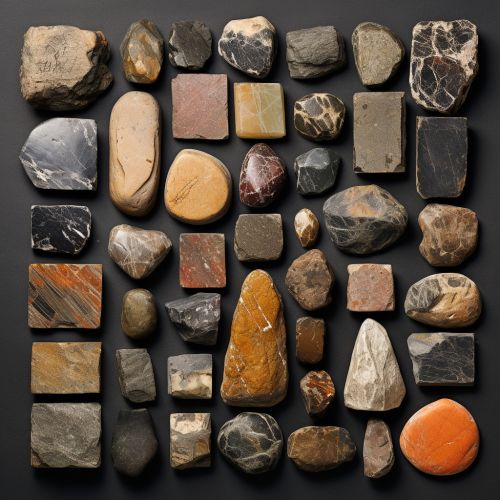

Methods in Geochronology
There are several methods used in geochronology to determine the age of the Earth, each with its own strengths and limitations. These include radiometric dating, dendrochronology, and ice core dating, among others.
Radiometric Dating
Radiometric dating is the most common method used in geochronology. It involves the use of radioactive isotopes, which decay at a known rate. By measuring the ratio of parent isotopes to daughter isotopes in a sample, scientists can determine the age of the sample.


Dendrochronology
Dendrochronology, or tree-ring dating, is a method of dating based on the analysis of patterns of tree rings. This method is useful for dating events and environmental changes over the past few thousand years.
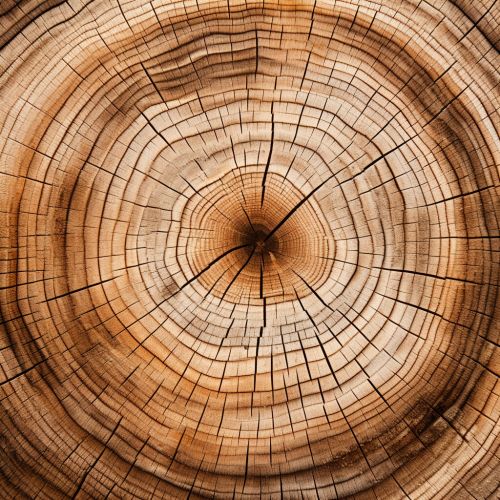
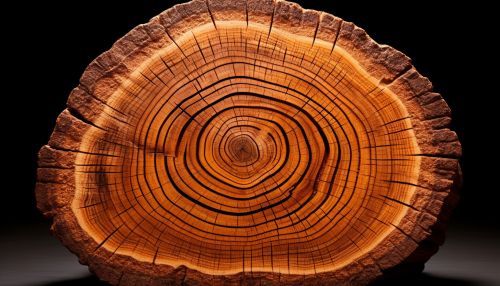
Ice Core Dating
Ice core dating involves the analysis of layers of ice from glaciers or ice sheets. Each layer represents a year, and by counting back through the layers, scientists can determine the age of the ice.
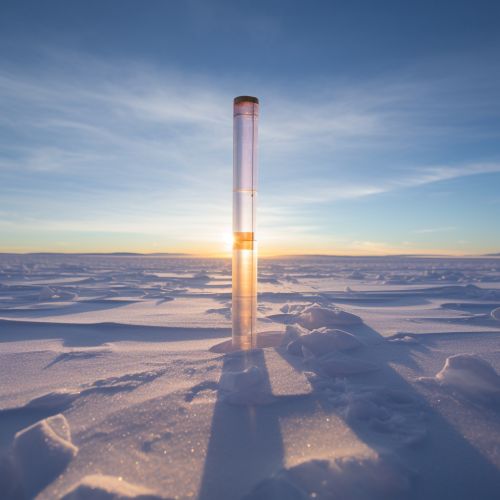

The Age of the Earth
Through the application of these and other geochronological methods, scientists have determined that the Earth is approximately 4.54 billion years old. This estimate is based on evidence from radiometric dating of the oldest-known terrestrial rocks and the ages of the oldest known meteorites.
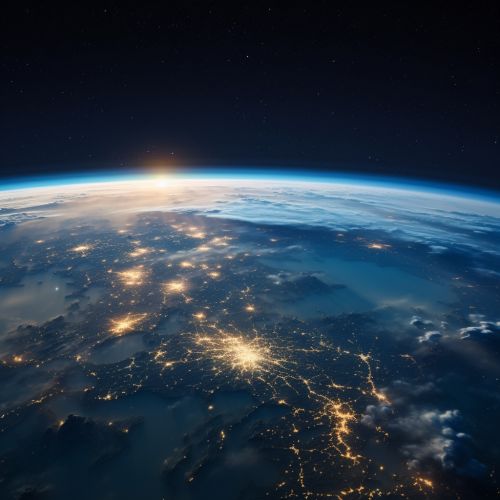
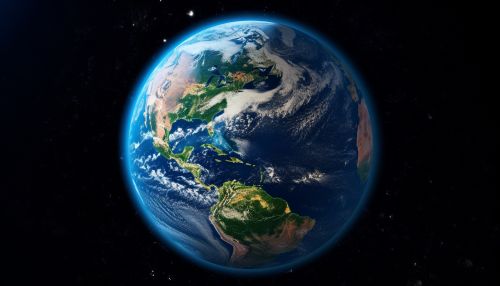
Challenges and Limitations
Despite the advancements in geochronology, there are still challenges and limitations to these methods. These include the difficulty in obtaining suitable samples, the potential for contamination, and the inherent uncertainties in any dating method.
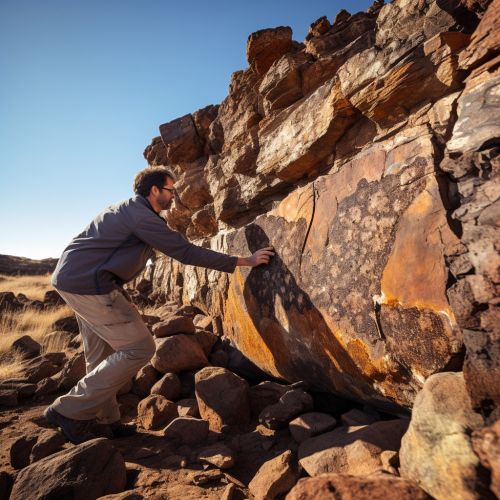

Conclusion
Geochronology plays a crucial role in our understanding of the Earth's history. Through the use of various dating methods, scientists have been able to determine the age of the Earth, providing a timeline for the events that have shaped our planet.


